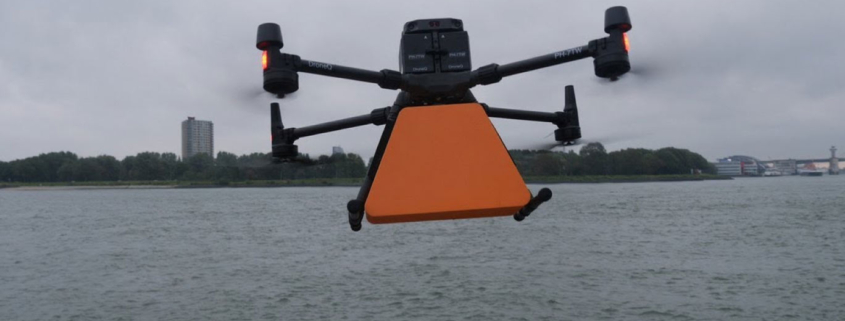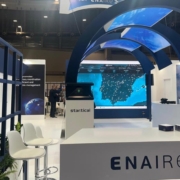Drones in Action: How the Port of Rotterdam Reduces CO2 Emissions
The Port of Rotterdam has achieved a pioneering milestone by obtaining authorization to deploy long-range drones in inspection and surveillance operations, marking a crucial step in reducing CO2 emissions and promoting sustainable energy in the port sector.
How will the drones in Port of Rotterdam work?
These drones, managed from the Command and Control Center at the Port Coordination Division of the Port Captaincy, are just the beginning of an ambitious vision. The Port Authority is designing a comprehensive drone network that spans the entire port, operated from a central hub. This network will be key to establishing a real-time connection between the images transmitted by the drones and assessments by the Port Captaincy Division.
Compromise with Safety
Drones will not only play a crucial role in inspection and surveillance tasks but will also be used in incident prevention, closely collaborating with the Joint Fire Department.
This commitment to drone technology is a tangible expression of the Port Authority of Rotterdam’s vision: to make the port more efficient, safe, and sustainable. Furthermore, the drone innovation program in the port is becoming an “experimental space” for drone service providers, promising significant advancements in the responsible use of this technology.
Concrete examples of how drones benefit the port include the inspection of key infrastructure such as bridges and cranes, early detection of potential pollutant leaks, and monitoring of maritime traffic congestion. All of these contribute to operational efficiency and the reduction of CO2 emissions.
Thanks to this initiative, the Port of Rotterdam is leading the way in adopting technological solutions that have a positive impact on its operations, making them more environmentally friendly and sustainable, while setting a standard for the global port industry.
For more content about ports, technology and innovation, read our blog.









